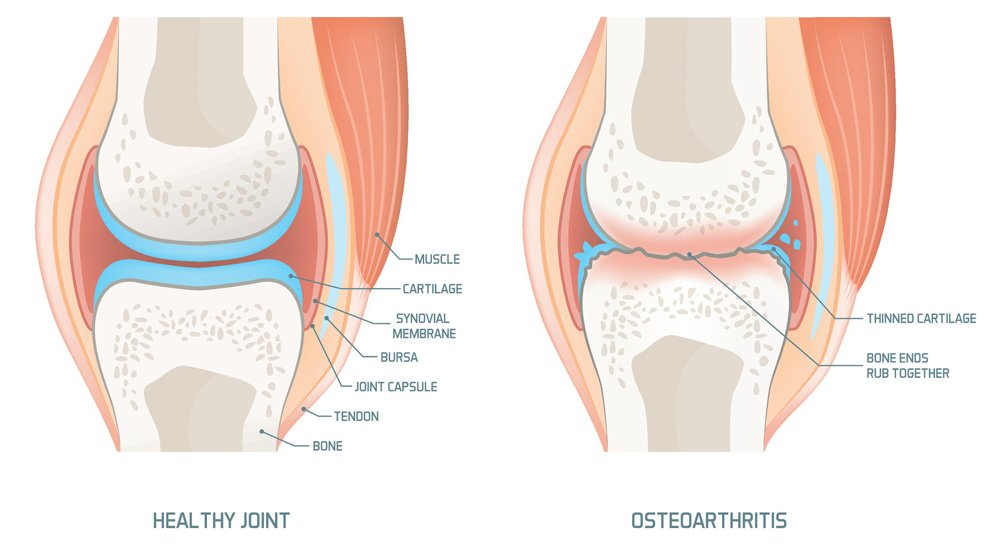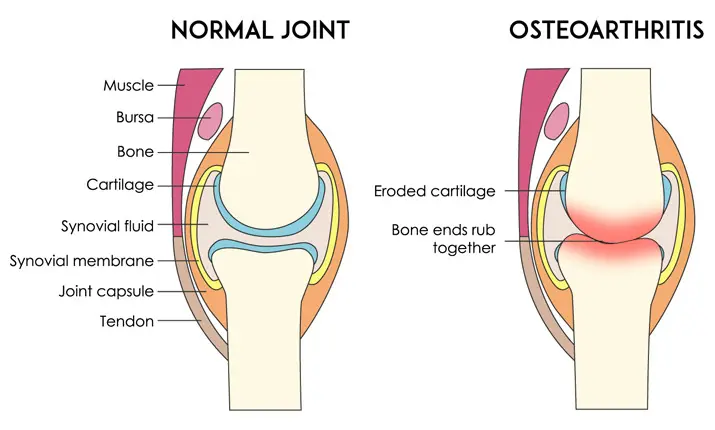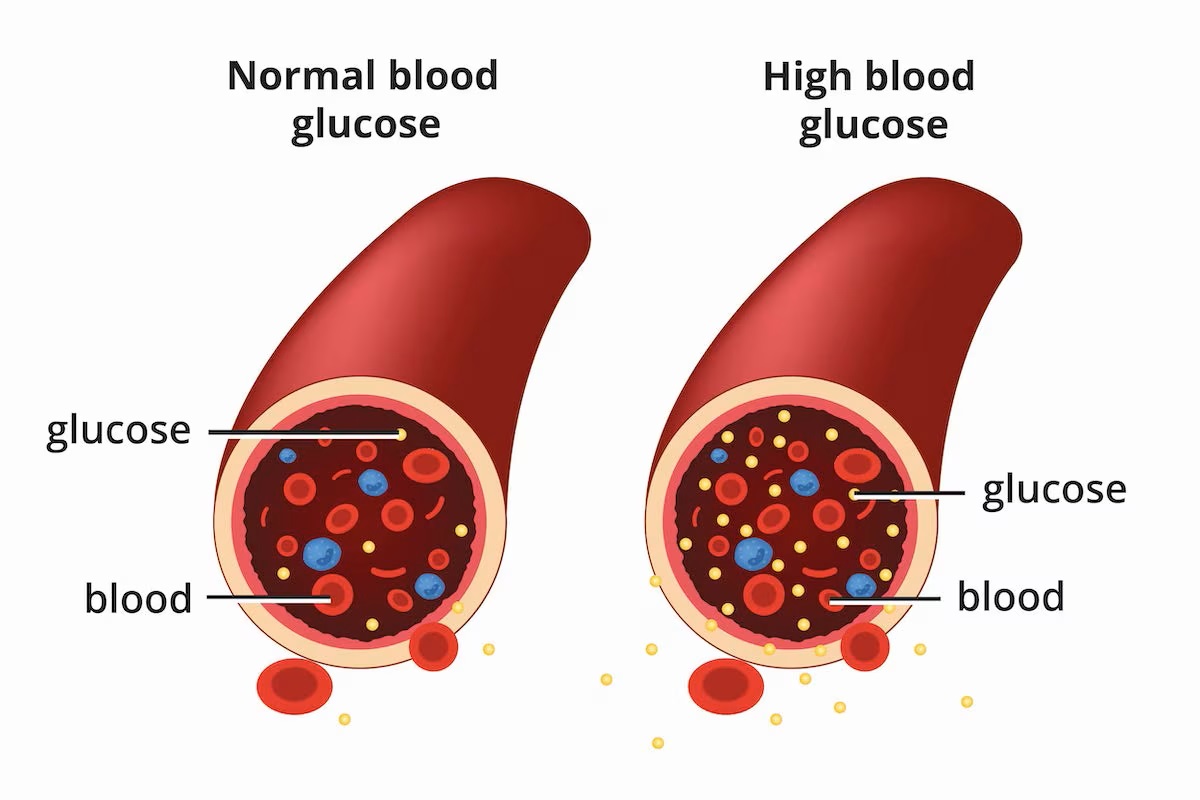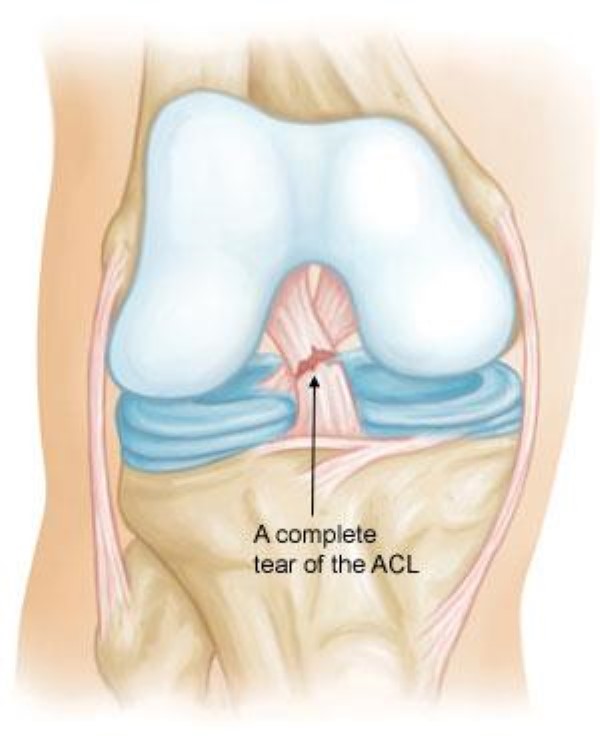Cartilamine. Glucosamine
- Introduction
- Overview of Cartilamine Glucosamine
- How Glucosamine Works
- Composition of Cartilamine Glucosamine
- Comparative Analysis of Glucosamine with Other Supplements
- Uses of Glucosamine
- Specialized Applications of Glucosamine
- Off-Label Uses of Glucosamine
- Dosage and Administration
- Specialized Glucosamine Formulations
- Common Side Effects of Glucosamine
- Special Considerations for Glucosamine in Animals and Specific Conditions
- Important Precautions with Glucosamine
- Special Administration Considerations
- Warnings and Contraindications
- Handling and Storage of Glucosamine
- Overdosage and Its Management
- Careful Administration Practices
Introduction
Glucosamine, a compound naturally found in the body is vital for maintaining and repairing cartilage the flexible tissue that protects bones at joints.
It serves as a component for various tissues like cartilage, ligaments, and tendons.
Glucosamine has become popular, as a supplement that supports joint health and helps relieve osteoarthritis symptoms.

Overview of Cartilamine Glucosamine
Cartilamine Glucosamine is a known type of glucosamine supplement that is highly regarded for its ability to help alleviate the effects of osteoarthritis and other conditions affecting the joints. It is commonly sourced from shellfish shells. Created in labs playing a crucial role, in producing glycosaminoglycans and hyaluronic acid essential for maintaining the strength and flexibility of joint cartilage.
Historical Development and Approval Status
Glucosamine, which emerged in the half of the 20th century swiftly gained favor as a remedy for osteoarthritis discomfort. Despite its adoption glucosamine supplements like Cartilamine Glucosamine are classified as dietary supplements rather than pharmaceuticals, in numerous countries. This classification exempts them from the clinical trials and approval procedures typically associated with medications.

How Glucosamine Works
Glucosamine plays a role as a basic building block, in the biological production of glycosaminoglycans, which are complex compounds essential for maintaining and repairing cartilage and various tissues in the body.
Mechanism of Action in Joint Health
Glucosamine's effectiveness in promoting health is due, to it's ability to counteract the enzymatic breakdown of cartilage. By blocking the action of enzymes that degrade cartilage components glucosamine supports the structure and function of cartilage reducing the impact of wear and tear caused by stress and aging.
Effects on Cartilage and Connective Tissue
Glucosamine not prevents degenerative enzymes but also helps in creating collagen and proteoglycans vital elements that boost the moisture retention and flexibility of cartilage. This in turn enhances lubrication and mobility.
The Scientific Basis of Glucosamine's Benefits
Many research trials and scientific investigations have explored the healing advantages of glucosamine. These studies typically suggest enhancements in reducing pain and improving joint movement for people, with mild to moderate osteoarthritis. Moreover, researchers often examine glucosamine for its anti-inflammatory characteristics, which might contribute to its success in easing joint discomfort.

Composition of Cartilamine Glucosamine
Active Ingredient: Glucosamine
Glucosamine is the component in Cartilamine Glucosamine, known for its important role in producing glycosaminoglycans. These substances are vital, for maintaining the strength and flexibility of cartilage providing support and flexibility to tissues.
Additional Components and Their Roles
Cartilamine Glucosamine commonly contains beneficial components like chondroitin sulfate and methylsulfonylmethane (MSM) that work together to improve its effectiveness;
Chondroitin sulfate helps in maintaining water levels in the cartilage ensuring proper hydration and mechanical functions.
MSM is known for its anti-inflammatory properties and its role, in alleviating joint discomfort.
Forms and Variants Available
Glucosamine supplements come in forms;
- Glucosamine sulfate potassium chloride helps with absorption and availability.
- N acetyl D glucosamine focuses on specific pathways for joint and gut health.
- Products like triple-strength glucosamine chondroitin offer strong support, for joint health.
Comparative Analysis of Glucosamine with Other Supplements
Glucosamine and Glaucoma
Studies on the effects of glucosamine on glaucoma have produced findings indicating the importance of careful evaluation for those, at risk.
Glucosamine vs Glutamine
Glucosamine plays a role in maintaining joint health while glutamine is mainly responsible, for supporting digestive health and the immune system. This highlights the functions of each in biological processes.

Turmeric vs Glucosamine
Turmeric presents a perspective mainly recognized for its curcumin levels that possess strong anti inflammatory properties, which differ from the structural function glucosamine plays, in supporting joint health.
Glucosamine vs Collagen
Collagen peptides focus on repairing and maintaining all tissues while glucosamine specifically helps with regenerating cartilage and lubricating joints.
Natural Sources of Glucosamine
Natural sources like shellfish shells, animal bones, and fungi also offer glucosamine in addition to the used supplements providing various choices, for dietary consumption.
Uses of Glucosamine
Primary Indications: Joint Health and Osteoarthritis Management
Benefits for Cartilage Regeneration
Glucosamine is widely known for its ability to help regenerate cartilage by supporting the production of components like proteoglycans and collagen. These elements play a role, in preserving the strength and flexibility of joints.
Supporting Research and Clinical Findings
Numerous clinical trials and research support the positive effects of glucosamine on health;
- Studies consistently demonstrate that glucosamine can alleviate joint pain and stiffness in individuals with osteoarthritis.
- Research also suggests its potential to slow down the deterioration of joints, over time.

Specialized Applications of Glucosamine
Glucosamine for Tendonitis
Joint Movement Glucosamine
Special formulas crafted to improve mobility commonly contain glucosamine to support smooth joint movement and flexibility.
Glucosamine in Veterinary Health
Glucosamine offers advantages in the field of care especially when it comes to supporting the joint health of animals;
- Research shows that using glucosamine formulations designed for dogs and cats can enhance their joint mobility and overall comfort.
- It is considered an option, for pets, commonly paired with chondroitin to amplify its benefits.
Glucosamine and Diabetes
Individuals, with diabetes should exercise caution when considering glucosamine supplementation as it may impact blood sugar levels despite its safety.

N-Acetyl Glucosamine in Skincare
Glucosamine Benefits for Skin
Glucosamine is often praised for its anti-inflammatory and antioxidant properties, for the skin, which can help reduce signs of aging and enhance the skins protective barrier.

Off-Label Uses of Glucosamine
Exploration of Non-approved Uses
Glucosamine, well known for its effects on joints is now under scrutiny for possible alternative purposes. These new uses cover a range of medical fields, such as sports medicine and skincare moving away from its initial focus, on treating osteoarthritis.
Glucosamine in Sports Medicine and Recovery
In the field of sports, glucosamine is commonly used as a supplement to speed up healing from sports-related injuries. Its ability to regenerate tissues makes it a useful addition in treating sprains and repairing cartilage. Athletes frequently turn to glucosamine to help shorten recovery periods and lessen the strain on joints caused by repetitive movements;
- Speeding up healing from tendon and ligament injuries.
- Decreasing inflammation and enhancing joint strength leading to a faster comeback, in sports.

Potential Effects on Skin Health and Anti-aging
Recent findings indicate that glucosamine may have benefits in the field of skincare in anti-aging routines. Its natural capacity to boost the production of acid is key to its moisturizing and skin-firming effects;
- Possible decrease in the appearance of fine lines and wrinkles thanks, to enhanced skin hydration and firmness.
- Helps achieve a brighter skin tone by addressing skin discoloration issues and minimizing hyperpigmentation.


Dosage and Administration
Recommended Dosages for Different Conditions
The appropriate amount of glucosamine to take can vary based on the health issue you're addressing. When it comes to managing osteoarthritis adults typically stick to a dose of 1500 mg as it's been thoroughly researched and deemed safe and effective for extended usage.
However, for joint health upkeep a lower dosage might be sufficient. Factors, like weight, age and the extent of deterioration should be taken into account when deciding on the right dosage. It's important to adjust the dosage as needed to achieve the results and minimize any potential side effects.
Variations in Dosage Forms: Pills, Capsules, and Liquid
Glucosamine comes in types like tablets, capsules and liquids. Each type has its perks;
- Tablets are popular for their convenience and long shelf life.
- Capsules might be better for absorption and easier swallowing.
- Liquid forms are great, for people who struggle with swallowing pills and offer more accurate dosage control.
Guidelines for Optimal Consumption
For results with glucosamine it's best to follow these recommended practices;
- Taking glucosamine along with meals can help improve absorption and minimize any stomach issues.
- Consistency plays a vital role, in glucosamine treatment; it's advised to take it daily to experience and sustain its advantages.
- It's important for individuals to discuss with healthcare professionals to determine the dosage based on their health condition and current medications to prevent any adverse reactions.
Specialized Glucosamine Formulations
Glucosamine Dosage for Dogs
Glucosamine is commonly used in medicine to help maintain the joint health of dogs. The usual dosage suggested for supporting canine joints is 20 mg of glucosamine, per pound of body weight daily although this may differ depending on the product and the seriousness of the dogs condition.
Triple Strength Glucosamine Chondroitin with MSM
For individuals looking to improve health triple strength formulas blend glucosamine, chondroitin, and MSM for a powerful mix aimed at delivering overall benefits. These formulas are usually consumed in amounts so it's important to follow the recommended instructions to prevent taking too much and to achieve the best outcome possible.
Common Side Effects of Glucosamine
List of Typical Adverse Effects
Although most people tolerate glucosamine well some individuals might encounter reactions especially when starting treatment. Typical side effects consist of;
- Stomach discomfort like nausea and heartburn.
- Changes in bowel movements such, as diarrhea and constipation.
- Feeling drowsy.

Frequency and Severity of Side Effects
The occurrence and intensity of side effects associated with taking glucosamine supplements are usually minimal. Many symptoms are mild and temporary often resolving on their own without requiring attention. Nevertheless, specific groups, such as individuals with existing shellfish allergies might encounter noticeable reactions due, to the shared source of glucosamine supplements.
Managing Side Effects in Clinical Practice
When dealing with the side effects of glucosamine in settings there are several key strategies to consider;
- It's beneficial to begin with a smaller dose and then gradually raise it to decrease any gastrointestinal issues.
- Taking glucosamine along with meals can potentially alleviate discomfort.
- It's essential to keep an eye on patients for any signs of deteriorating symptoms or the development of new adverse reactions particularly in individuals, with existing health conditions.
Special Considerations for Glucosamine in Animals and Specific Conditions
Glucosamine for Cats and Dogs: Side Effects
Pets, such as cats and dogs may encounter side effects from glucosamine like humans. These effects are usually mild. this may manifest as;
- Digestive issues like diarrhea or vomiting.
- Changes, in behavior or fatigue caused by discomfort.
- To alleviate these effects it is crucial to follow recommendations when adjusting dosages.

Glucosamine Overdose in Dogs: Symptoms
If a dog consumes much glucosamine it may experience heightened allergic reactions especially if the dog is sensitive, to shellfish-based products. This could result in increased distress, lethargy or potentially severe symptoms that necessitate prompt veterinary attention.
Impact of Glucosamine on Specific Health Conditions
Glucosamines connection to conditions has attracted interest, especially in relation to;
- The possibility of glucosamine affecting blood sugar levels in people with diabetes.
- Worries about its influence, on liver function and kidney health although such outcomes are uncommon and usually linked to prolonged high-dose consumption.
Important Precautions with Glucosamine
Interactions with Other Medications
Glucosamine has the potential to interact with medications, which could change how they work or worsen side effects. Specifically it might increase the blood thinning effects of medications like warfarin requiring monitoring of clotting factors. Moreover, it could also have an impact on chemotherapy drugs influencing their effectiveness. It is recommended that patients talk to their healthcare providers about using glucosamine to ensure its combination, with current medication routines.
Conditions that Warrant Caution
Some health issues need to be taken into account before starting to take glucosamine;
- People with diabetes should keep an eye on their blood sugar levels because glucosamine could lead to changes.
- Individuals with existing liver or kidney problems should use glucosamine under the guidance of a healthcare provider as it may add stress to their metabolism.
- For those who're allergic to shellfish, it's safer to opt for synthetic alternatives that are free, from shellfish-derived glucosamine.
Allergy Information and Sensitivity Notices
Allergies to glucosamine may happen, particularly when it comes from shellfish. Signs like rashes, breathing difficulties, or swelling of the face require stopping the use of glucosamine away and seeking medical advice. Most products come with allergy warnings. It's suggested that individuals, with known allergies opt for hypoallergenic versions.

Special Administration Considerations
Administration to Elderly Patients
Elderly individuals might need doses of glucosamine because their metabolism and kidney function could change with age. It's important to start with doses increase gradually based on tolerance to reduce side effects and track how well the treatment works.
Glucosamine Use in Pregnant Women and Nursing Mothers
The safety of using glucosamine while pregnant or breastfeeding has not been definitively proven. It is advisable to use glucosamine if absolutely necessary and with the guidance of a healthcare professional due, to the lack of conclusive research. The top priority is ensuring the well-being of both the mother and child by minimizing risks.
Safety and Efficacy for Children
The use of glucosamine in children lacks documentation leading to uncertainties regarding its safety and effectiveness. Due to limited trials, on pediatric usage, it is advisable to proceed cautiously and seek advice from a pediatric specialist before administering glucosamine to children.
Warnings and Contraindications
Absolute Contraindications for Use
Individuals, with shellfish allergies, should avoid using glucosamine since many glucosamine products are sourced from shellfish. In cases of allergic reactions it is crucial to explore alternative options or synthetic forms. Moreover, individuals currently taking therapy like warfarin should steer clear of glucosamine to prevent an increased risk of bleeding.
High-Risk Populations and Conditions
Some groups and situations are seen as more at risk when using glucosamine supplements;
- People with diabetes may have trouble managing their blood sugar levels so they need to keep an eye on them.
- Those with existing liver or kidney issues should be careful because glucosamine could make their conditions worse.
- Pregnant and nursing women are recommended to steer of using it since there isn't enough evidence, about its safety.
Legal and Regulatory Guidelines
Glucosamine supplements are subject to varying regulations in regions. In the United States, they fall under the category of supplements according to the Dietary Supplement Health and Education Act (DSHEA) of 1994.
Unlike pharmaceuticals these supplements do not need to go through testing and approval procedures. It is important for consumers to buy supplements, from trusted manufacturers that follow Good Manufacturing Practices (GMP).
Handling and Storage of Glucosamine
Proper Storage Conditions to Maintain Potency
It's best to keep glucosamine in a dry spot away from sunlight to keep it potent. High heat and moisture can break down glucosamine making it less effective. The ideal storage temperature is, between 59°F and 77°F (15°C to 25°C).
Safety Measures in Handling Bulk Quantities
When dealing with amounts of glucosamine, it's crucial to adhere to safety protocols to prevent contamination and safeguard workers' well-being. Remember to wear gloves and masks when handling the substance to minimize exposure particularly if it's in powder form as it can produce inhalable particles.
Shelf Life and Expiry Information
Glucosamine supplements generally last for around two to three years after they are manufactured. It's important to check the expiration date on the packaging before using them as using expired glucosamine may not work as well and could even be harmful. How you store the supplements properly plays a role, in how long they remain effective.
Overdosage and Its Management
Symptoms of Glucosamine Overdosage
Consuming much glucosamine may result in various negative effects, such as stomach issues like nausea, vomiting, diarrhea, and constipation. Additional potential signs include headaches feeling dizzy and, in instances skin reactions. If someone experiences these symptoms it's important to consult a healthcare professional.
Immediate Actions and Antidote Information
If you suspect a glucosamine overdose it is important to seek prompt medical help. Although there isn't an antidote for a glucosamine overdose the usual course of action includes providing supportive care like gastric lavage or giving activated charcoal to limit absorption along, with treating any symptoms that may arise.
Long-Term Management of Overdosage Effects
After an overdose, it is important to keep an eye on any lingering symptoms and take steps to address them. This could involve checking levels assessing hydration status and scheduling regular medical check-ups to avoid any further issues.
Careful Administration Practices
Best Practices for Dispensing and Monitoring
To make sure that glucosamine is used safely it's important to follow the practices for giving it;
- Measure the dosage carefully according to the patient's weight, age, and kidney function.
- Keep an eye on how patients are responding and watch out for any side effects so you can adjust the dosage or stop using it if needed.
Role of Healthcare Providers in Supervising Therapy
Healthcare professionals have a responsibility to oversee the use of glucosamine therapy. They evaluate whether patients are suitable, for the supplement, track treatment results and address any drug interactions or contraindications.
Patient Education and Compliance Enhancement
It's crucial for patients to receive education to improve their adherence to glucosamine therapy. Healthcare providers need to explain the dosage of possible side effects and stress the importance of following the prescribed treatment, for the best results.









